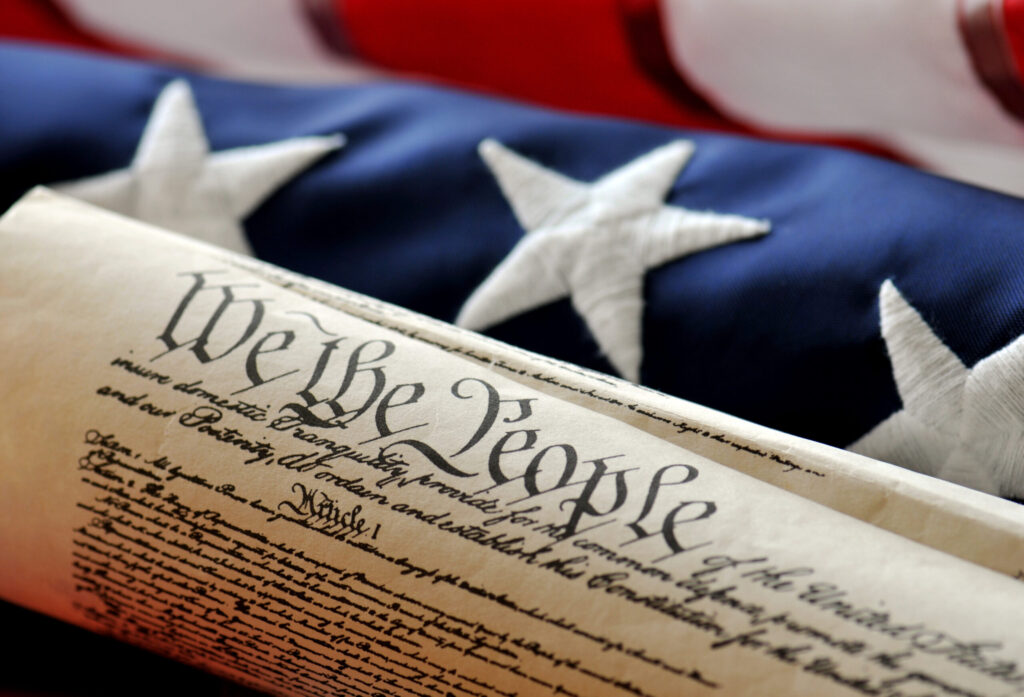Critical Race Theory is not about race; it’s about inclusion. Inclusion means all are welcome, all are made to feel as if they belong. Online Britannica defines Critical Race Theory as ‘an intellectual and social movement and loosely organized framework of legal analysis based on the premise that race is not a natural, biologically grounded feature of physically distinct subgroups of human beings but a socially constructed (culturally invented) category that is used to oppress and exploit people of colour.” That’s a mouthful and then some but, simply stated, the word ‘race’ is an invented word that has served to identify certain groups of people throughout the history of this Nation. There was a time when every application for anything ,whether a job or new doctor, asked the applicant to identify their race. Where or when did the term ‘race’ originate? The next question is why does it matter so much in this country? I’ve traveled outside the United States many times and on those occasions, while mingling with the citizens of those nations, I have never encountered the use of the term ‘race’ unless it refers to people competing with each other to be the first to cross a finish line. I’m always referred to as an American.

The issue at hand with Critical Race Theory is whether or not the true history of this nation should be taught in schools by deliberately designing a curriculum that includes everyone’s story. When you think about the history of your family are there some stories you don’t know about some family members? If so aren’t you curious as to why? When you finally learn their stories do you understand why they behave as they do? When the history of a nation is documented it should include major contributions by all generations of people of that nation. When a nation consists of many groups of people or is referred to as a melting pot, it is especially important to include everyone in the history of that nation. It is inconceivable to only document the contributions by only one group of people. One might accurately conclude that the historians who documented this type of exclusive history were biased. When portions of a nation’s history are excluded or deliberately omitted the result is that future generations will naturally be offended and get the feeling that they don’t belong. That is called Exclusion; the opposite of Inclusion. Articles are written almost daily about Critical Race Theory by those for or against it being taught in schools or those who report about the disruption of school board meetings at schools where Critical Race Theory is not even being taught.

I wanted to clarify Critical Race Theory for myself. If asked to describe feelings resulting from being excluded from something I can raise my hand. To answer in the affirmative. We’ve all been excluded from something. Being excluded is not a feel-good proposition. I lived during the days of segregation in Georgia which meant I could walk by a newly built elementary school and know that it was not for me because I was ‘colored’ which is how we were referred to in those days. I could not attend a school with white children. Today, I am an educator and a parent and I understand the need for a well-rounded education that prepares students to face the world on their own. A ‘good’ education for their children is top of the list for most parents. When critical parts of history are excluded—incidents or actions that actually occurred during the course of human events—the education system should be ruled inadequate. Or parents should take up the mantle and teach their own children. The thing to remember for any teacher, be they parent or professional, is that children deserve to know the truth. Remember how we who are now adults felt when we learned that we’d been fed half-truths or blatant lies about something? Santa Claus for example? We felt betrayed! Some of us vowed to do better as we moved forward in our journey of life while others became liars. When today’s children learn that they’ve been lied to about the history of this nation—and they will—their faith in the system of education can be shattered. Would you want your child, after learning about lies and misrepresented facts in history, to suddenly begin to doubt the existence of a supreme being? After all, some of us dedicate time to teaching our children to worship and give thanks to this higher power. As a parent and a teacher, I decided to find out what all the commotion stirred up around Critical Race Theory is really about. After some research I formed an opinion. Critical Race Theory is not about race; it’s about inclusion

An article entitled “The 1619 Project” was published in the New York Times in August of 2019. Nikole Hannah-Jones, an investigative journalist, wrote this article. Ms. Jones is also a former professor and alumni of the University of North Carolina at Chapel Hill and an alumni of the University of Notre Dame. She won the Pulitzer Prize for the article in which she states: “In August, 1619, just 12 years after the English settled Jamestown, VA., one year before the Puritans landed at Plymouth Rock and some 157 years before the English colonists even decided they wanted to form their own country, the Jamestown colonists bought 20 to 30 enslaved Africans from English pirates. The pirates had stolen them from what is now the country of Angola. Those men and women who came ashore on that August day were the beginning of American slavery. They were among the 12.5 million Africans who would be kidnapped from their homes and brought in chains across the Atlantic Ocean in the largest forced migration in human history until the Second World War.” I was not taught this history in school. Could it be because of the inferior textbooks that came to us as hand-me-downs from the white schools? Textbooks that excluded this history? Ms. Hannah-Jones is not the only historian to have produced these facts. In 1619 the citizens of those early colonies that would become the United States of America owed their allegiance and patriotism to the country now known as Great Britain. As a former Social Studies teacher for gifted students I am aware that some of these settlers came to this new land from England because of their inability to repay debts. They landed here and settled on land they did not own despite the fact that the land was inhabited by Native Americans. As more and more Europeans arrived on these shores they began to eke out an existence at the expense of Native Americans and the Africans who were forced to labor. Free labor that built and expanded this nation. We know the story of how the sale of cotton helped to make the United States one of the richest nations in the world. Enslaved people planted, tended, and harvested the cotton on vast plantations of private owners. Critical Race Theory can readily be taught not only as a history course, but also as a course about the foundations of Capitalism in the United States. Critical Race Theory serves as a rally cry for diversity, equity, and inclusion and a well-rounded education based on truth.

If we, as citizens of the United States, can be induced to believe untruths that divide us, we are unwittingly guided by the whims of people who use words to inflame and deceive for the purpose of furthering their own agendas. Libraries are filled with books that teach all sorts of things: how to achieve goals, how to think and reason, how to question, and most importantly how to guide oneself to the truth. And then of course there’s the internet or the World Wide Web. In conclusion, I restate that Critical Race Theory is not about race; it’s about inclusion. As American citizens we deserve the rights granted to all citizens by the Constitution. We deserve to know the complete, unvarnished, history of the United States, no matter who we are. That is the definition of inclusion. Whether of Asian, European, Native American, African, Russian, or descendants from any other lands other than the United States— we are all citizens. We are all Americans.That is not our race; that is our nationality.
Tips and insight delivered straight to your inbox…with a dash of storytelling. Sign up now!
Helping position individuals and organizations to become more emotionally intelligent, self aware, and inclusive.